Michael Joo, Future Imperfect, NFT, 2021
Interview with Michael Joo: Exploring Paradoxes
Michael Joo’s debut NFT is a layered work, blending themes of science and science fiction, of lived and fictional experience and more.
Michael Joo (b.1966) is a key figure in second-generation conceptual art, his works explore concepts of identity and knowledge in a hybrid, contemporary world. Joo is interested in paradoxes and frequently blends seemingly disparate elements such as science and religion, fact versus fiction, and high and low culture. Using a range of materials and media, and with an emphasis on process, Joo juxtaposes humanity’s various states of knowledge and culture, addressing the fluid nature of identity itself, and prompting us to question how and why we perceive the world as we do.
Michael Joo’ inaugural NFT, Future Imperfect, was minted on May 3 in exclusive partnership with Verisart and SuperRare as part of 10×10: 10 inaugural NFTs by 10 major contemporary artists over 10 weeks. Bidding closes around 1pm EDT May 6.
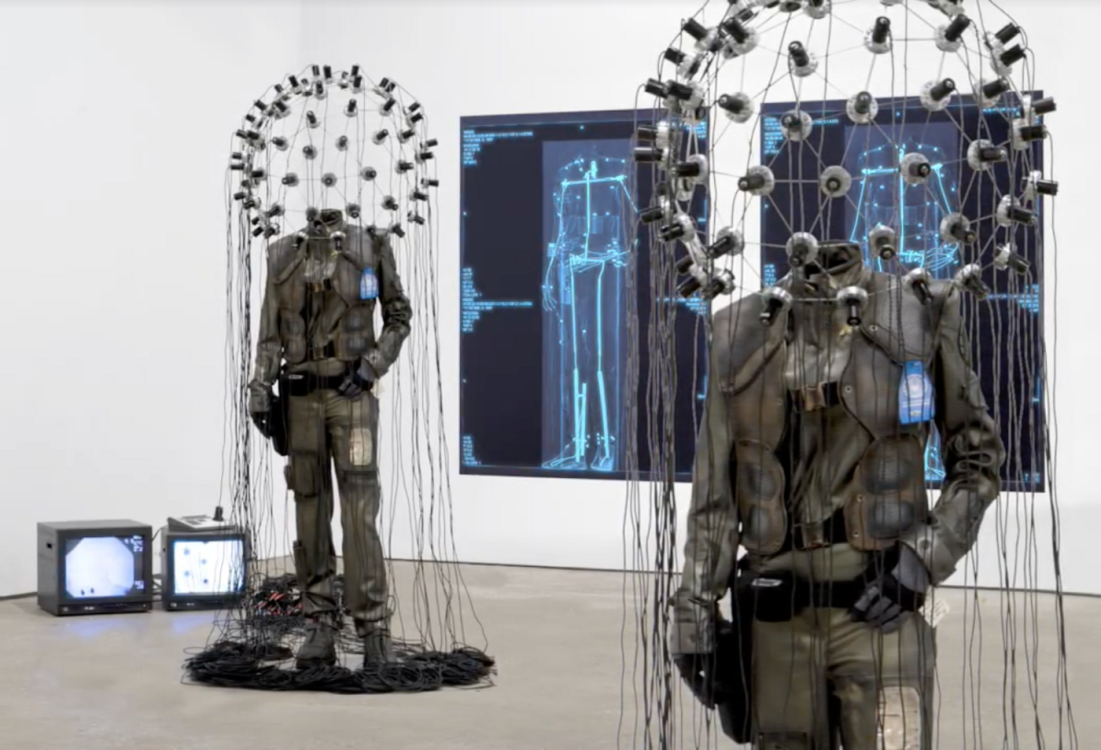
Future Imperfect
Michael Joo’s debut NFT is a layered work, blending themes of science and science fiction, of lived and fictional experience and more. Thinking about his debut NFT, Joo was interested in creating a work with links to a physical process which captured a sense of space, visually and cerebrally. He took as his starting point his 2009 physical installation, Future Imperfect.
Michael Joo explains “In 2008 I had an accident that left me with bones on the outside of my body. Recovery was a delirium of painkillers and science fiction as my body slowly accepted the titanium supports inside. For the sculpture Future Imperfect, made during this time, I acquired actress Grace Park’s third flight-suit from the series Battlestar Galactica and ran it through the same CT scanning and x-ray tech I’d often visit while healing. The work was installed with a geodesic helmet or halo of live feed cameras further examining and broadcasting the space of the absent visage and presented alongside oil paintings of the scans.”
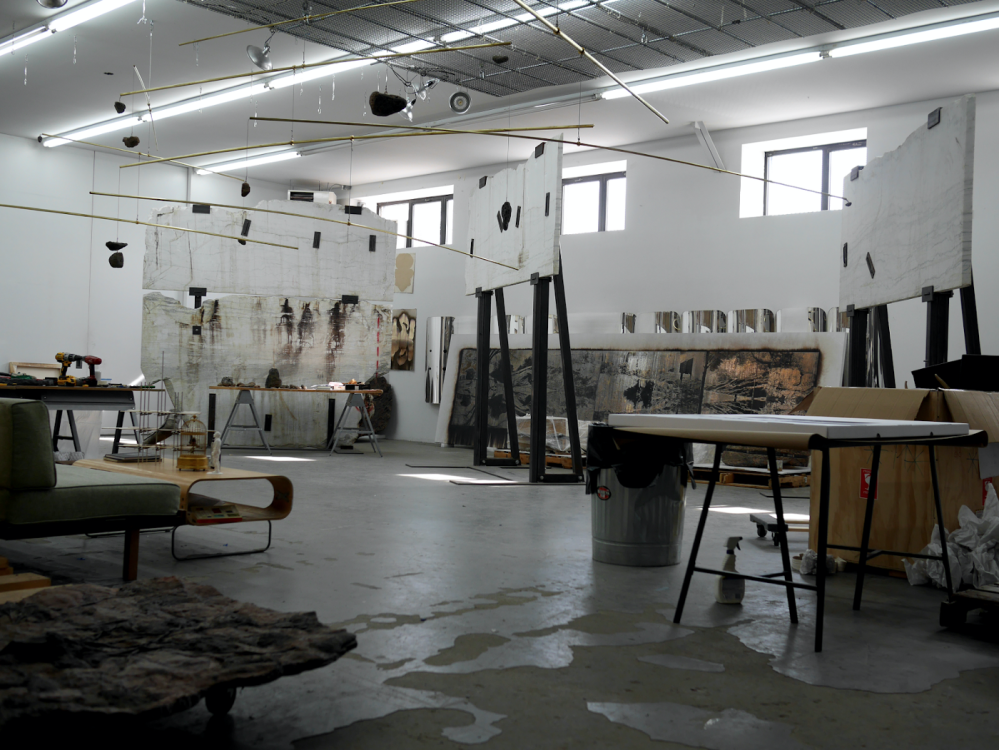
Another layer of the work explores Asian American identities. Sharon Park is a Canadian-American actress of Korean descent and Michael Joo is himself Korean American. The artist says, “I have long been interested in the conflict of the fictive identities of Asian Americans presented in American culture with the reality of their/our presence and impact on it.”
Joo describes the original work as “a combination of found objects and technologies on their way to potential obsolescence”. The installation itself is not intended for sale and is currently in storage. The NFT provides a medium for resurrecting the work and allowing it to live on. Joo comments, “during the past year’s pandemic, the suit, intended for the impermanence of its use on set, has begun disintegrating. This NFT will soon be all that is left of it — more permanent and real (for now), than its material counterpart.”
The NFT was created using archival images of the installation, taken by Thomas Muller. Joo then worked collaboratively with Eric Kim on the video compositing. The images were digitally combined and the photographed objects were given a 3-dimensional treatment to emphasize the sense of space.
Michael Joo adds, “I think that one of the interesting ideas about NFTs is that they be a platform or portal. As a platform they have an interesting different relationship to community and collaboration. It adds to the notions of possibilities within those arenas. Working collaboratively on this piece, rather than having a typical relationship with a fabricator, was important to me.”
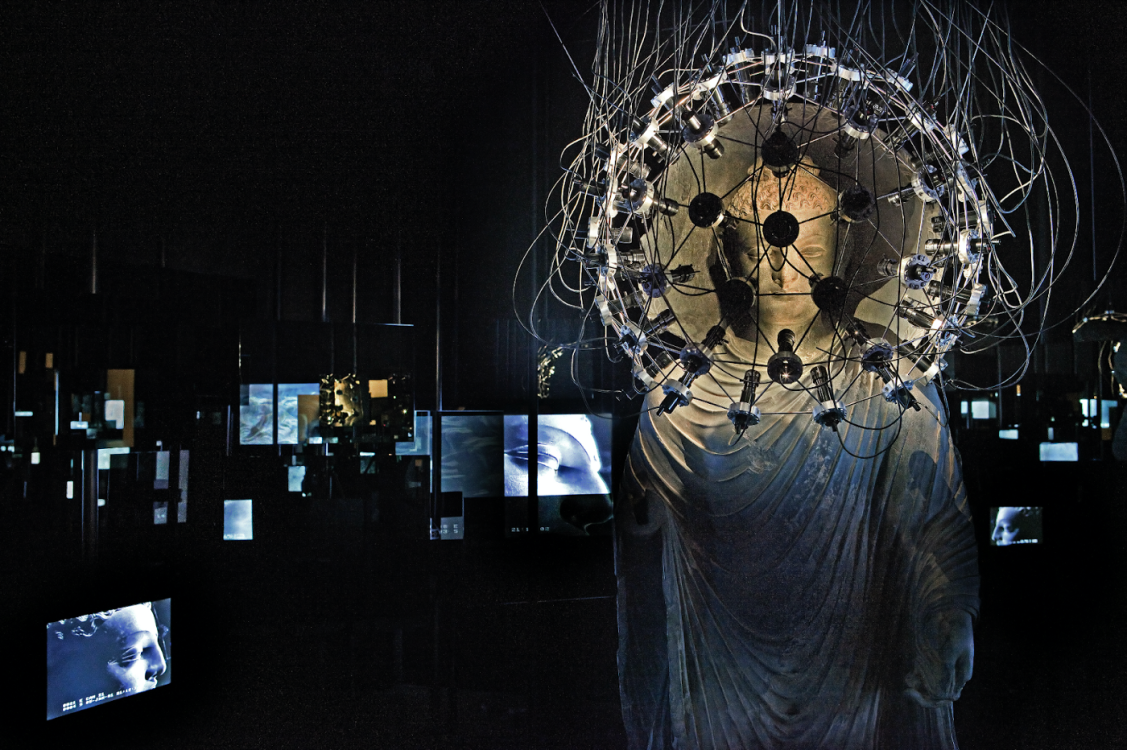
Art as a force for good
Michael Joo’s NFT is certified with a Fair Trade Art Certificate from Verisart, an award-winning blockchain certification platform. Fair Trade Art is an initiative by Verisart designed to bring together artists and social impact organizations to do good. The certificate signals that funds from the sale of the artwork are benefiting a charitable cause.
Joo will be donating 10% of proceeds to Red Canary Song in support of their important advocacy, direct support, and community-building work for marginalized Asian workers in the massage and sex working industries.
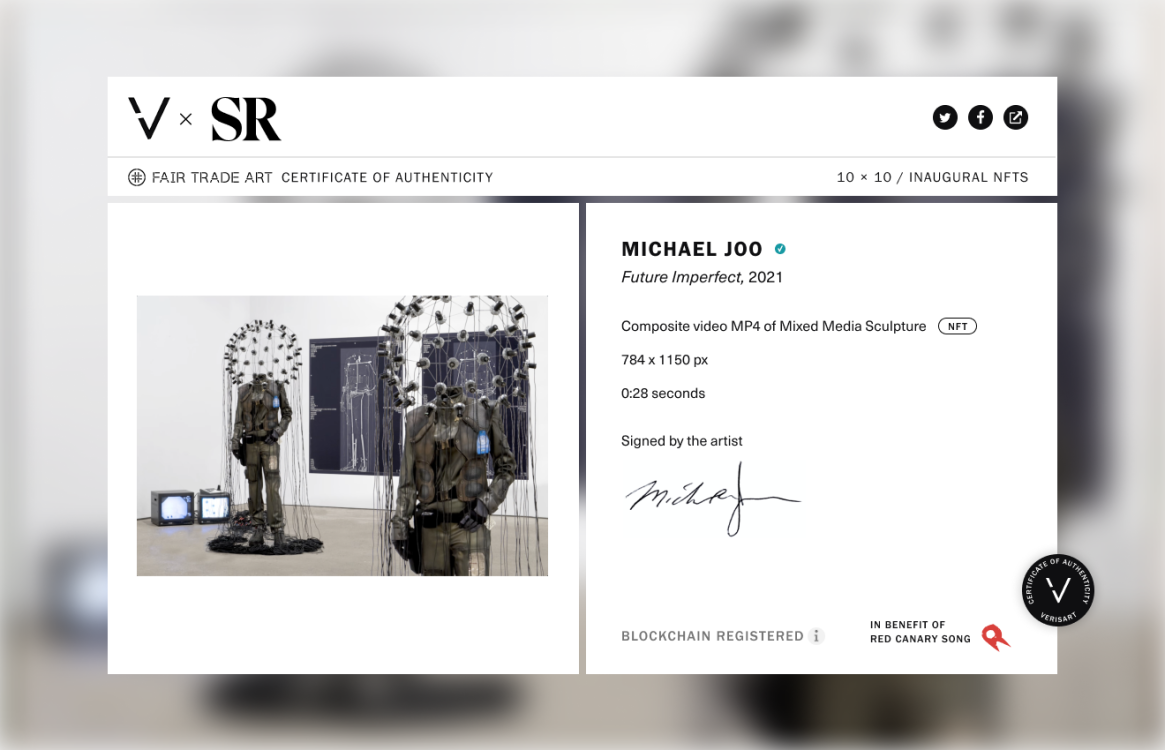
For collectors, Verisart’s patent-pending Certificates of Authenticity (COA) form an integral part of collecting NFTs. They provide confidence in the identity of the artist and the verified history of the artwork. Designed to empower artists to tell the story of their work, the digital certificates include additional images, videos and documents. The release will include exclusive access to an additional authentic signed digital diptych.
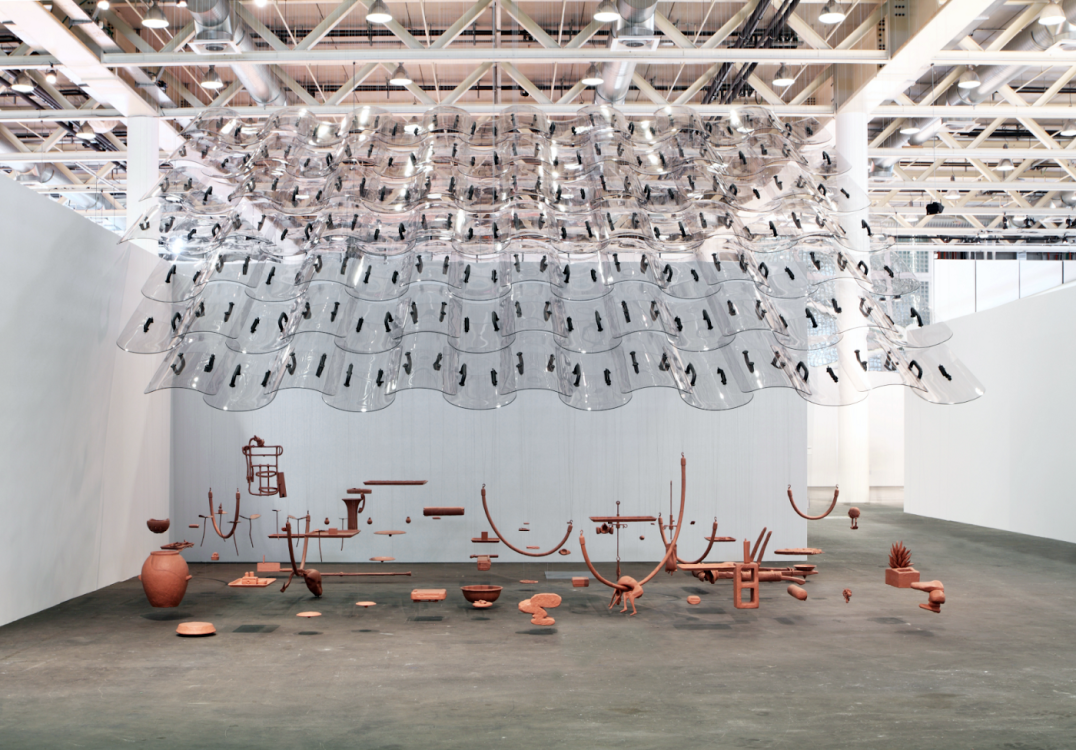
Exploring Paradoxes
Michael Joo’s practice is diverse in style, medium and subject matter. Uniting his works is an exploration and questioning of our identities in a hybrid contemporary world and an emphasis on the paradoxes we encounter in our lives and society.
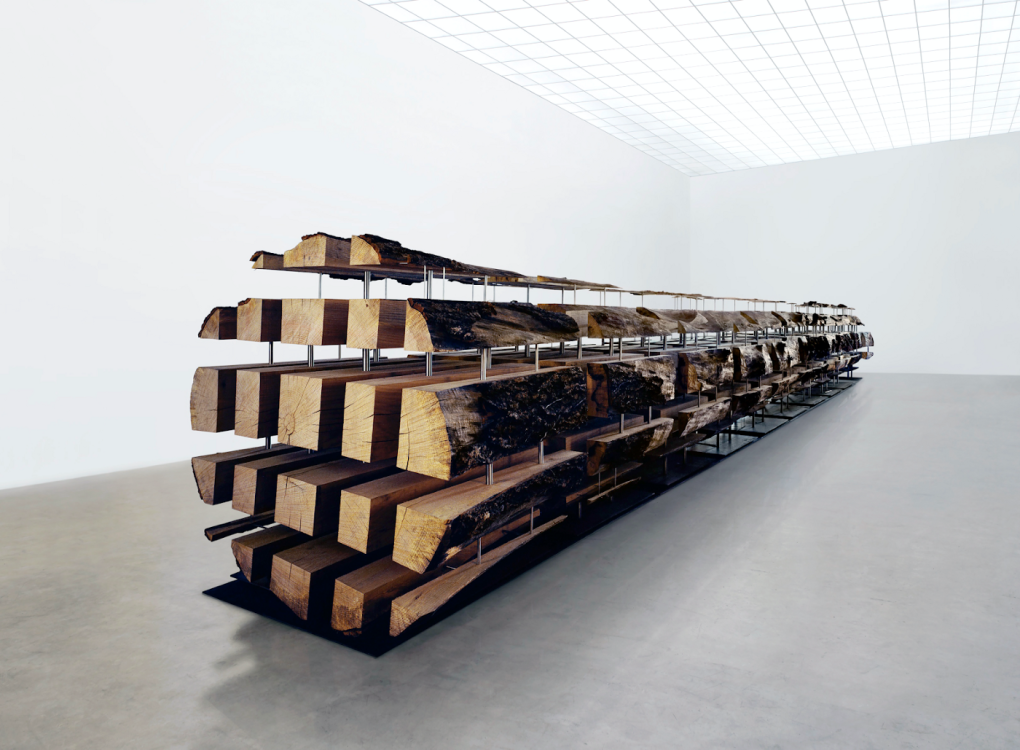
The artist explains, “from waiting for elk to lick salt off of my body in Korea, to swimming through MSG, walking against the flow of the Trans-Alaska pipeline, or building a monument with local children in an inaccessible part of the DMZ, my work always combines the very real with the speculative to attempt to bring us closer to inaccessible things or places and invite questions about space, access and our contemporary identities and place in larger ecologies and systems, empathy alongside resistance”.

Paradoxes and contrasts are brought together visually. Joo’s NFT combines disparate themes of science and science fiction, medical practice and art and lived and fictional experiences in a visually unified way. Joo says “the idea of synchronising with aesthetic beauty or aesthetic harmony are interesting to consider and reconcile. To me they cut to both the idea of inner sensations as well what you are presented with”.
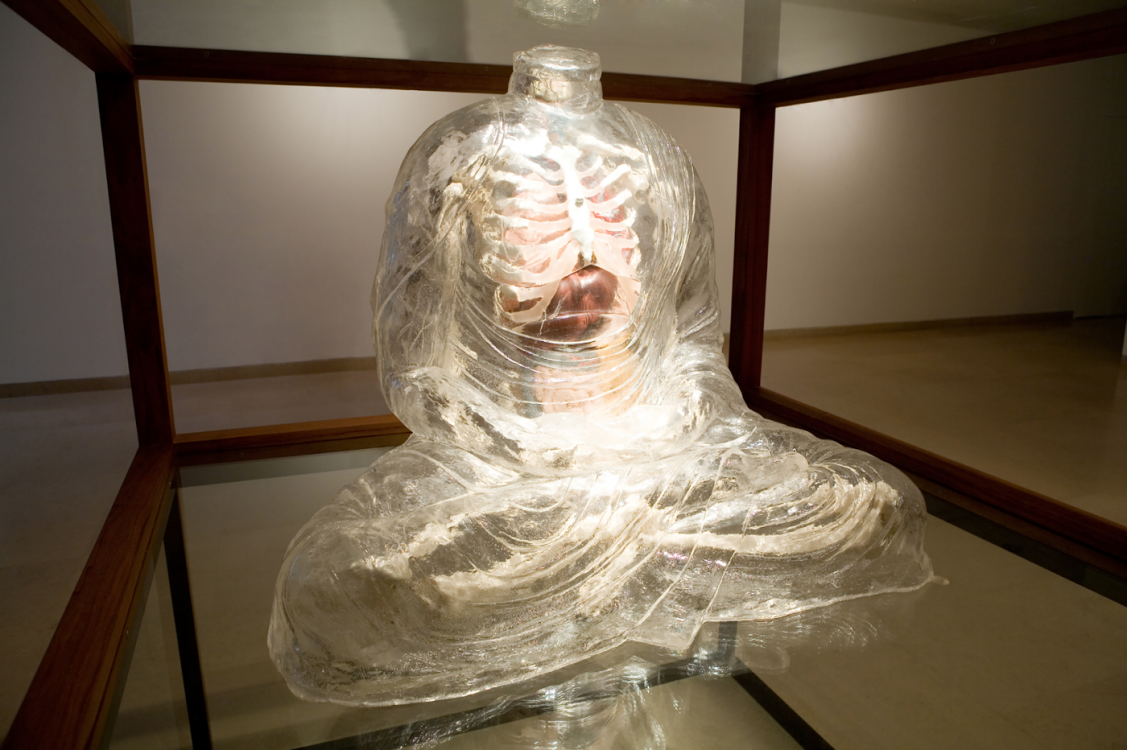
Joo explains, “I think highlighting the paradoxical in my work is a call to re-examine established norms, expectations, and stereotypes for possible new and more positive outcomes through unexpected and sometimes illogical (and counterintuitive) pairings and re-combinations of objects/materials, ideas and narratives.”
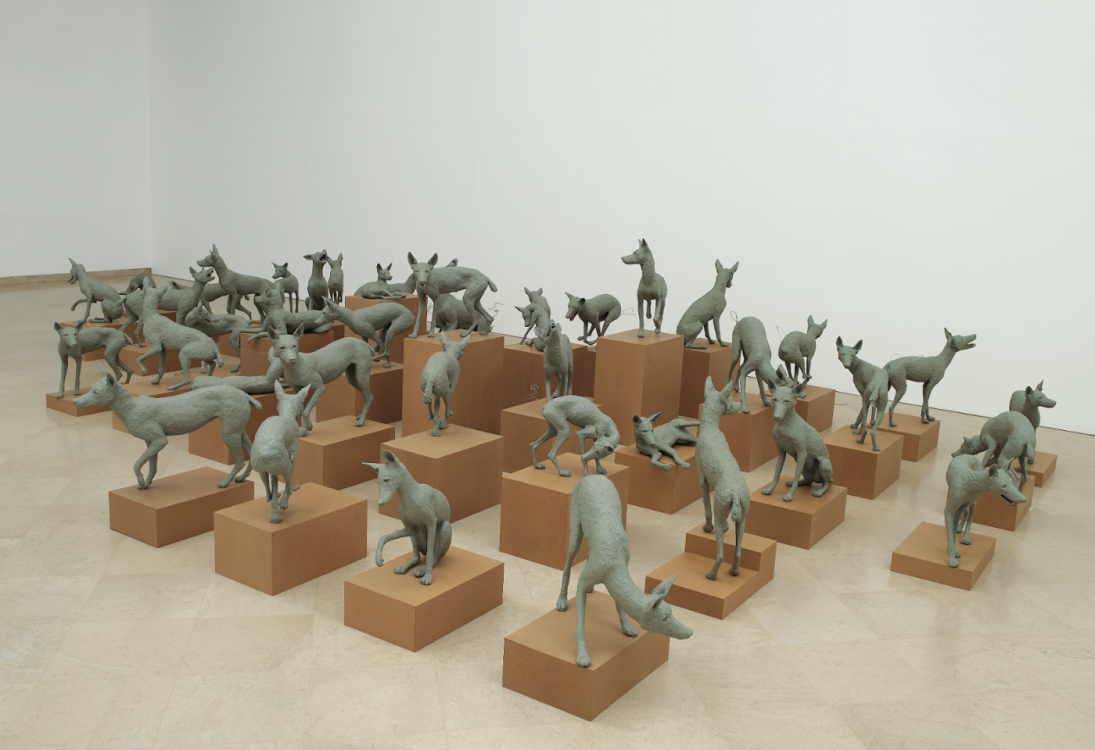
The paradoxes can be challenging to accept and what they offer is an invitation to pursue what is below the surface. Michael Joo doesn’t offer up clear answers. His role is opening up a doorway through visual and sensorial experiences.
About the artist
Michael Joo’s (b.1966) artworks investigate concepts of identity and knowledge in a hybrid, contemporary world. A key figure in second-generation conceptual art, Joo’s artworks often blend and collide seemingly disparate elements such as science and religion, fact versus fiction, and high and low culture. Joo is a Senior Critic in Sculpture at Yale University and teaches in the Columbia University MFA program. His work is in the permanent collections of the Guggenheim Museum, Museum of Modern Art, and Whitney Museum of American Art in New York; Walker Art Center, Minneapolis; Denver Art Museum; Hammer Museum, Los Angeles; Israel Museum, Jerusalem; and Moderna Museet, Stockholm, Sweden.
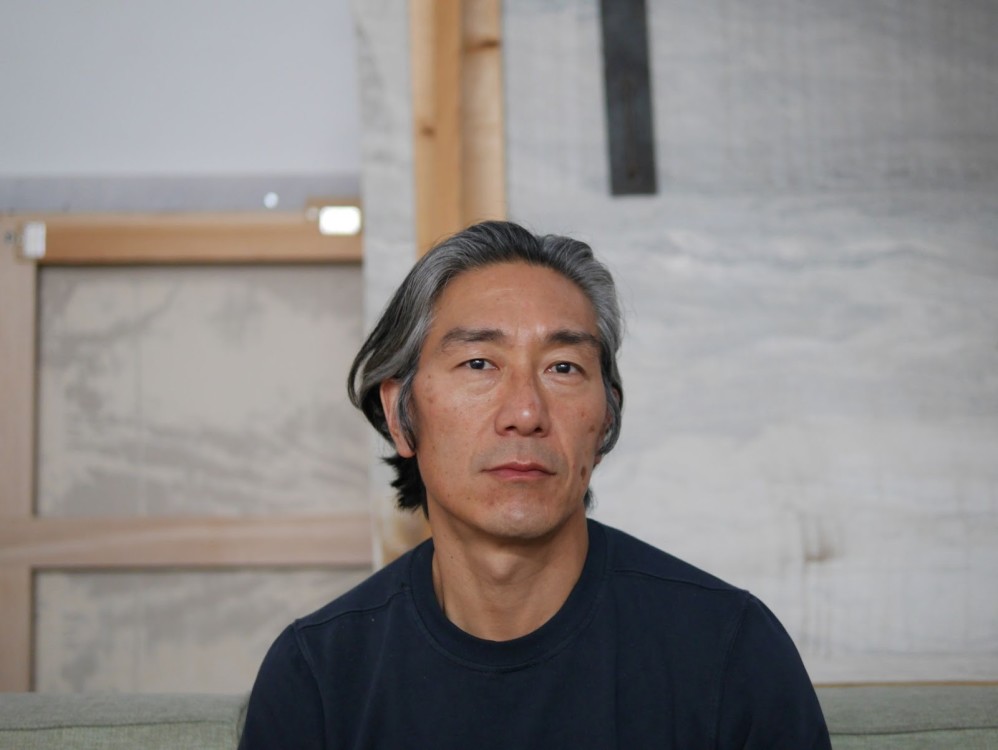
Bidding for Michael Joo’s inaugural NFT, Future Imperfect, closes at 1pm EDT on May 6.
Join Michael Joo on ART TALKS WITH VERISART to hear him discuss life, art and tech with Robert Norton, CEO and co-founder of Verisart. Tuesday, May 4 at 3pm EDT/8pm BST on Clubhouse.